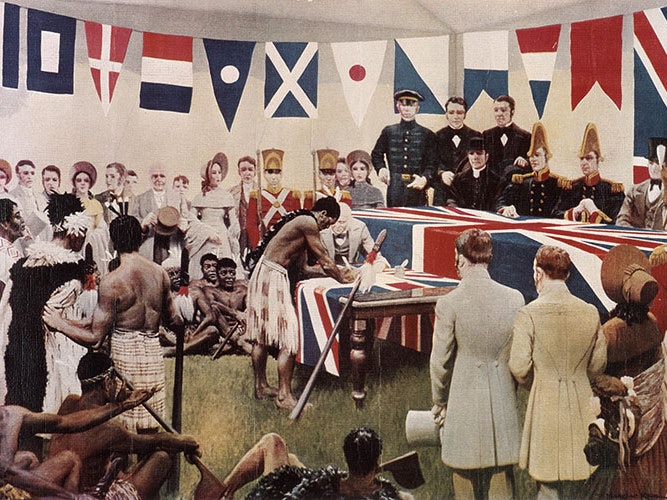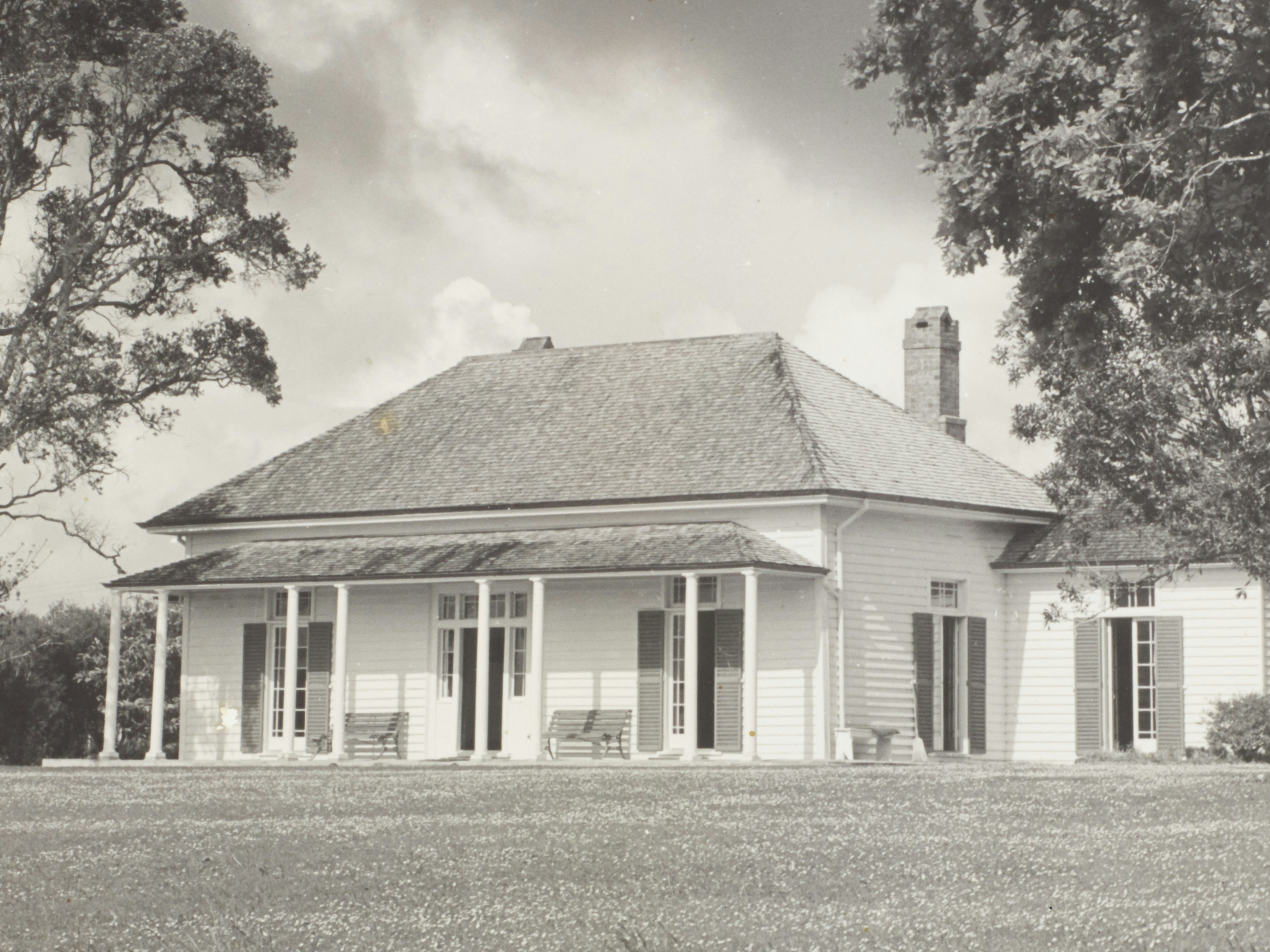
The Treaty of Waitangi up close
Find out what the Treaty said, and see why it has caused so much debate – both in 1840 when it was signed and now.
Free museum entry for New Zealanders and people living in New Zealand
Open every day 10am-6pm
(except Christmas Day)
Free museum entry for New Zealanders and people living in New Zealand
The Treaty of Waitangi is an agreement signed by representatives of the British Crown and by representatives of Māori tribal groups, in 1840.
Māori signed for many reasons, including:
the mutual benefits British settlement would bring
protection of land and tribal position
the relationship with Britain and Queen Victoria
protection from tribal violence and unruly British traders.
The Māori population was estimated at just over 100,000 at the beginning of 1840. The settler population was 2000. The two populations drew even by the late 1850s.
There was no war between British and Māori before 1840, although sometimes there was fighting between Māori groups, and among unruly Pākehā traders.
English and Māori versions of the Treaty are not the same. The words used in each have different meanings. Around five hundred Māori signed the Māori version that was translated from the English version. Only thirty-nine signed the English version.
Since 1840, governments have not always upheld the Treaty promise of protection for Māori. Where actions have been unjust they have created a sense of grievance among Māori. Recent governments have recognised this and set up processes to address grievances and restore good relationships.
Yes – Crown lawyers take a major role and ensure alternative evidence is put forward where necessary. Then if a claim moves towards settlement, the Crown asks for proof that it is well founded. Parliament has the final say in settlements.
Land in private ownership cannot be given back to Māori. There are two exceptions. Firstly, private owners might buy land knowing it has a memorial on it that notes the land could be returned to Māori as part of a successful claim settlement. Second, the Crown might buy private land to use as part of a settlement.
Yes – other countries are addressing similar issues such as treaties and indigenous rights. Canada and Australia, for example, are each dealing with these matters in their own way. More than a dozen countries have visited New Zealand to see how we are doing things.

Find out what the Treaty said, and see why it has caused so much debate – both in 1840 when it was signed and now.

The British government appointed William Hobson as consul to an independent New Zealand. It sent him here with one goal – to get Māori to sign over sovereignty of all or part of New Zealand to Britain.

Find further reading about the Treaty timeline, the taonga of the Treaty Grounds, and reading resources from other publications and websites.